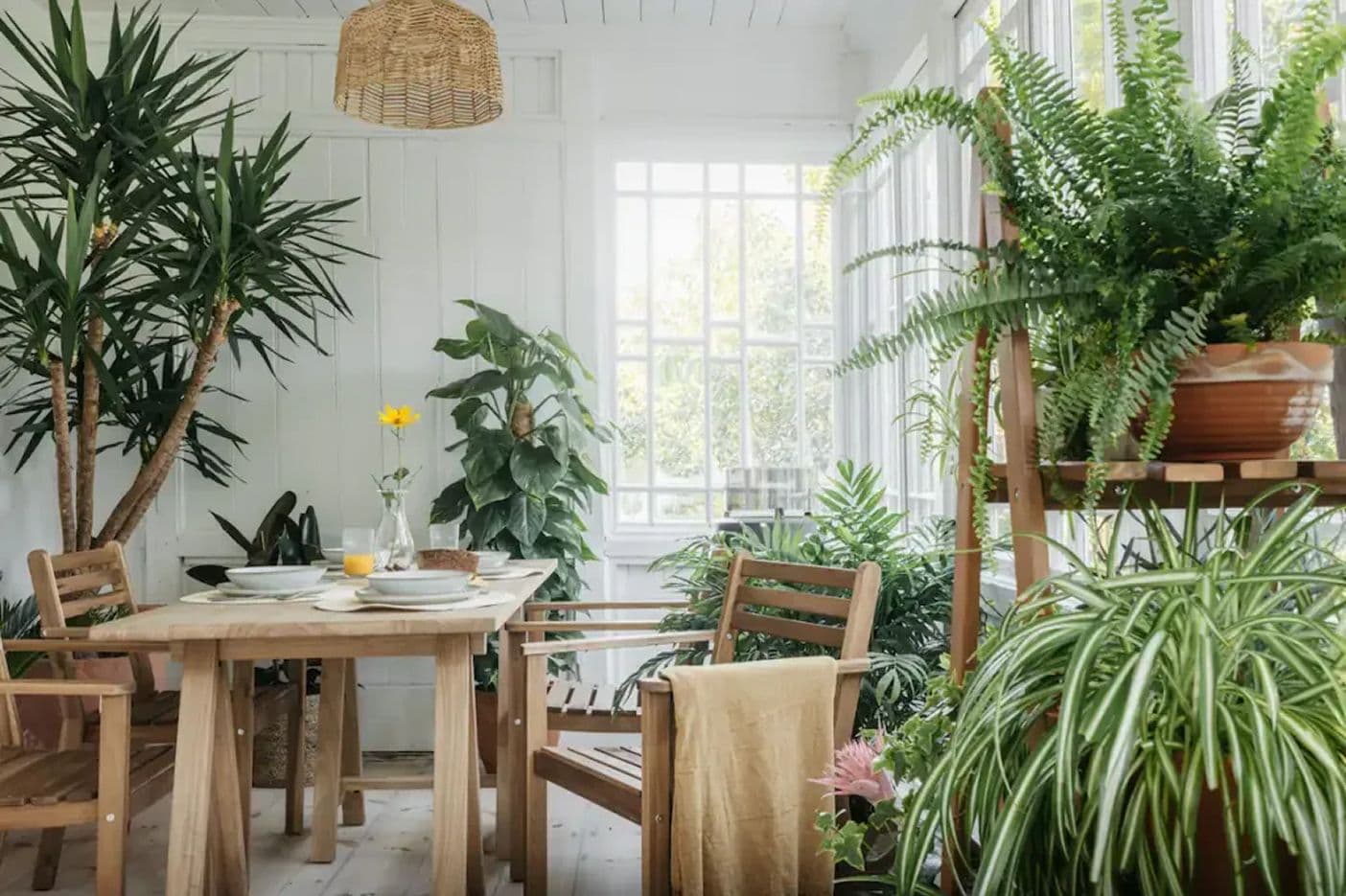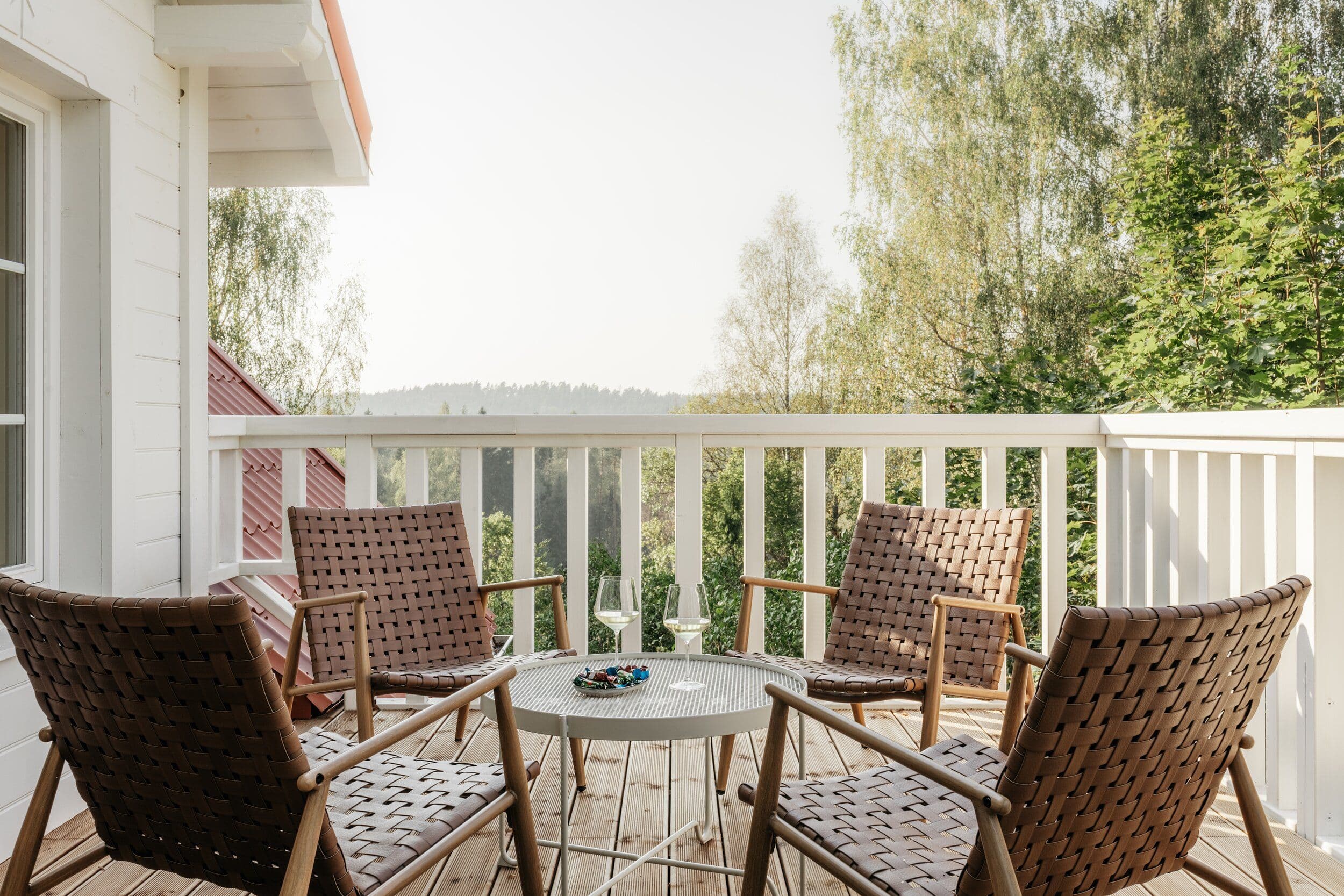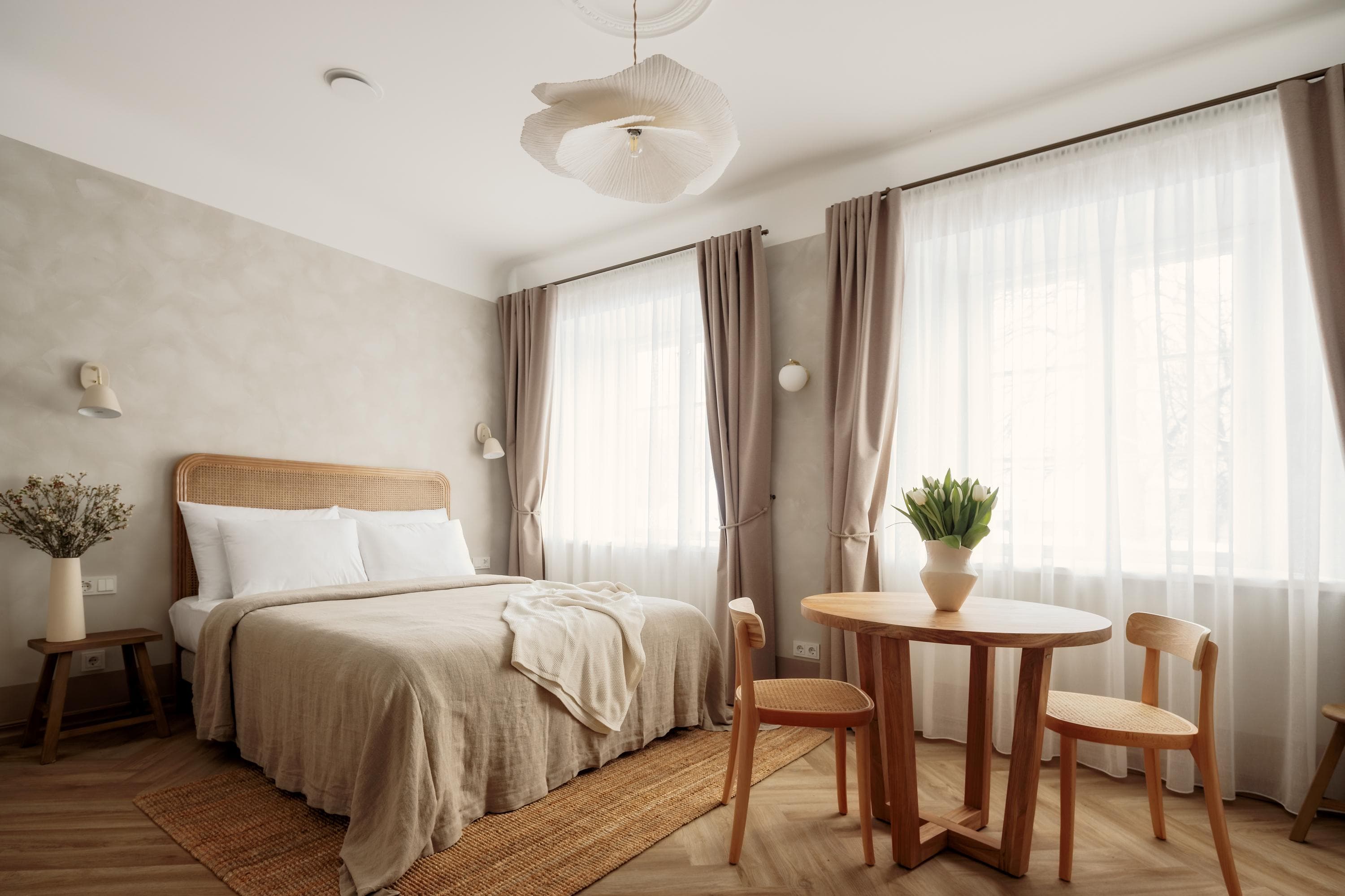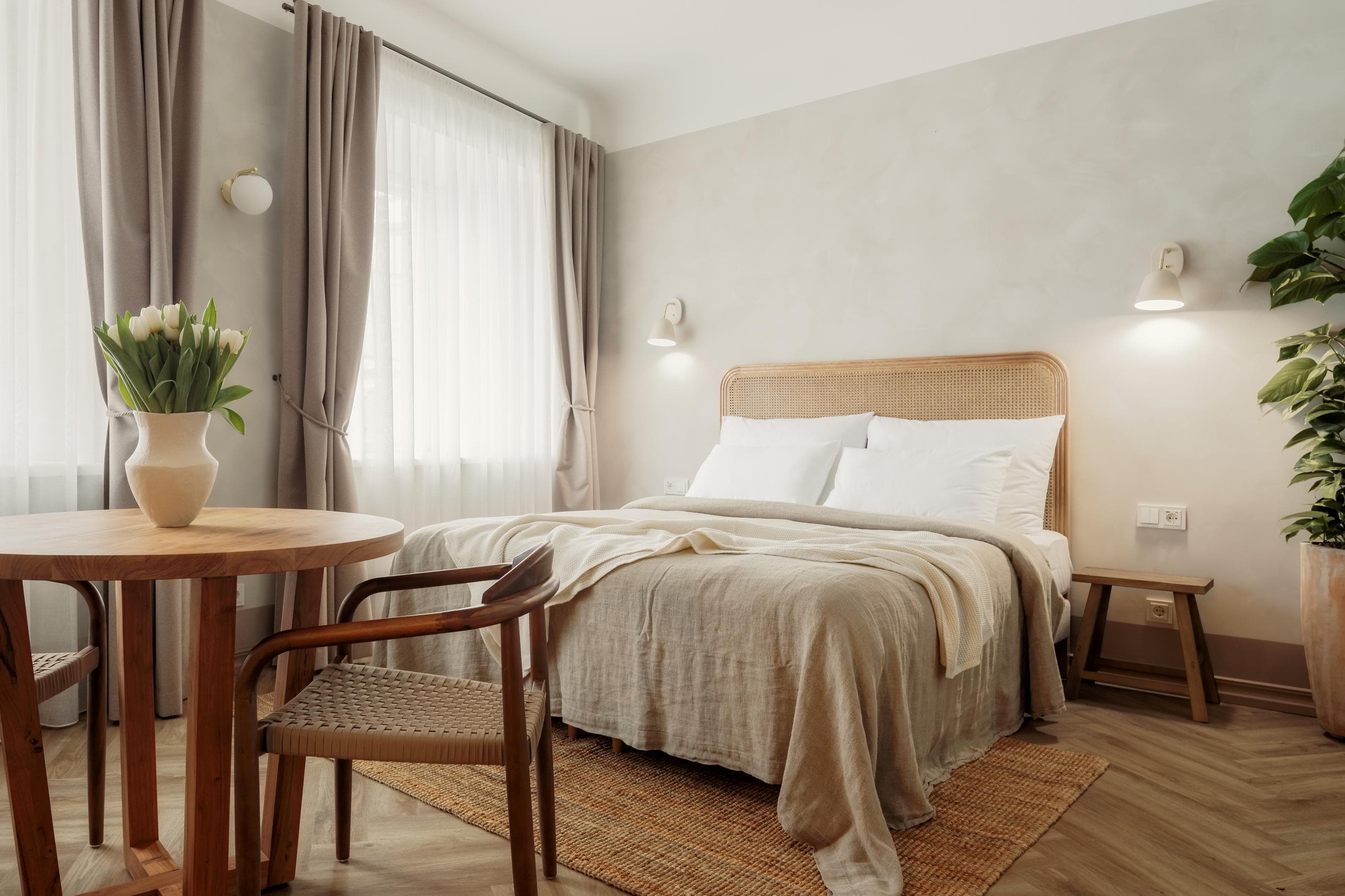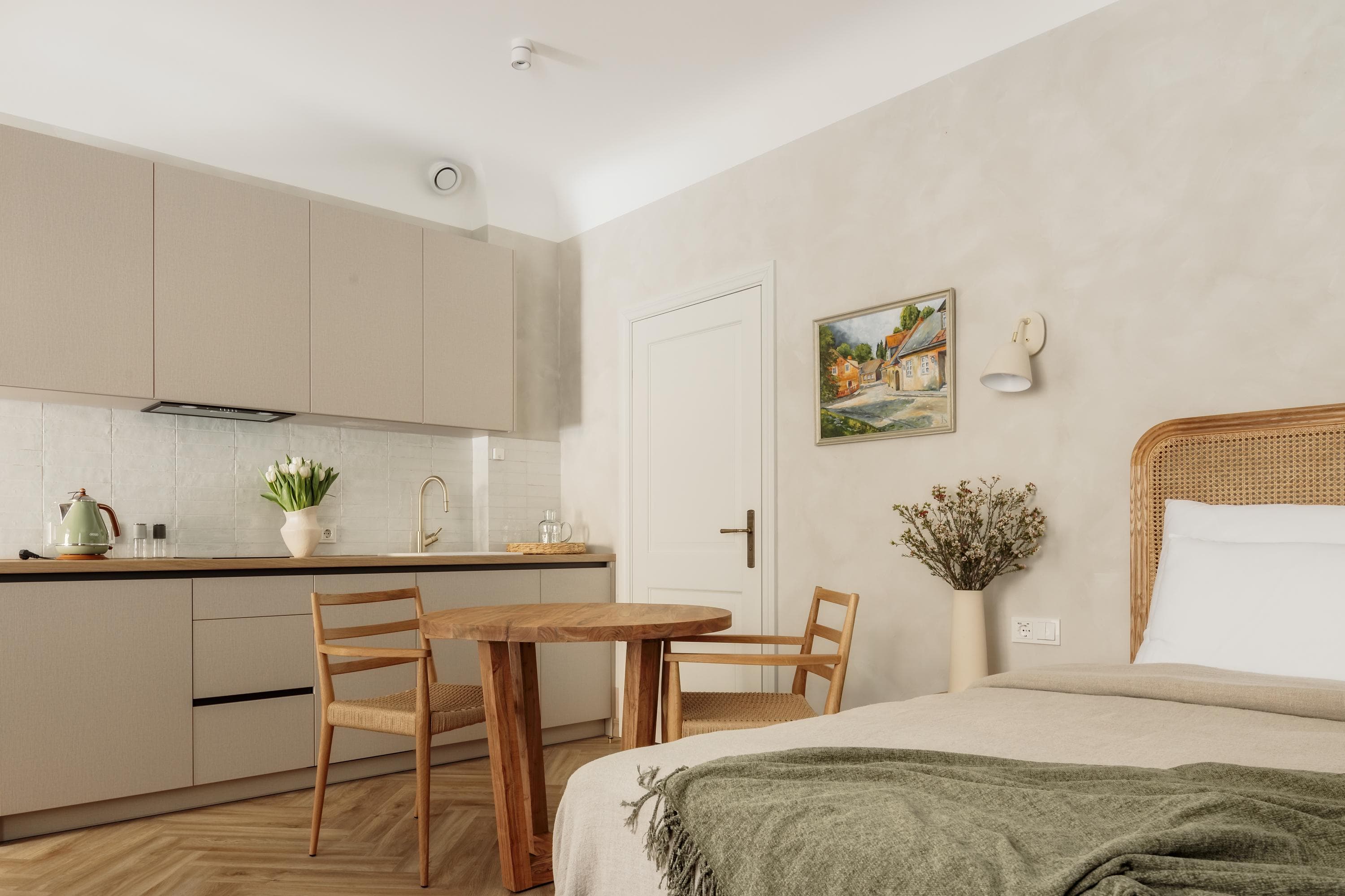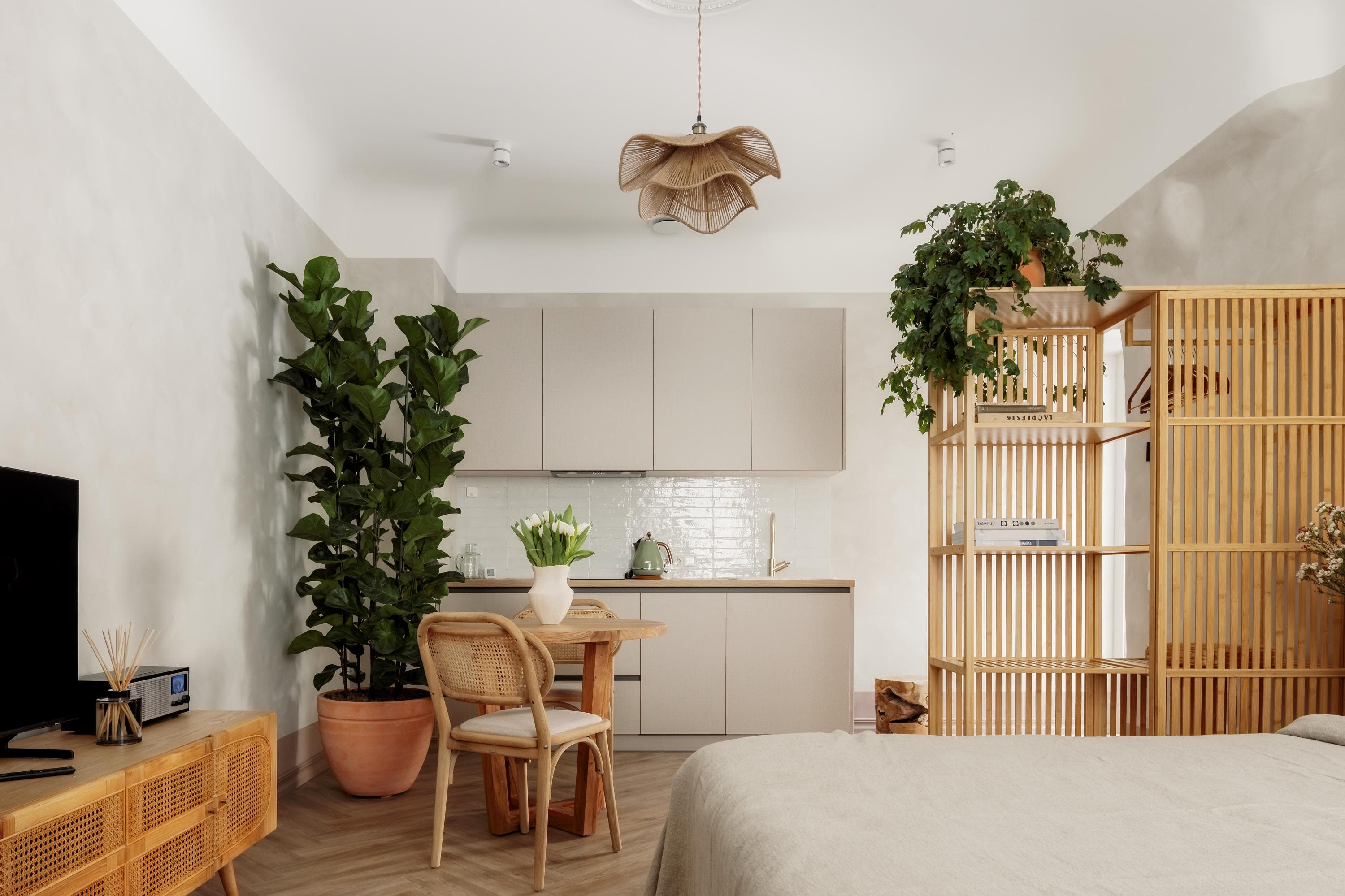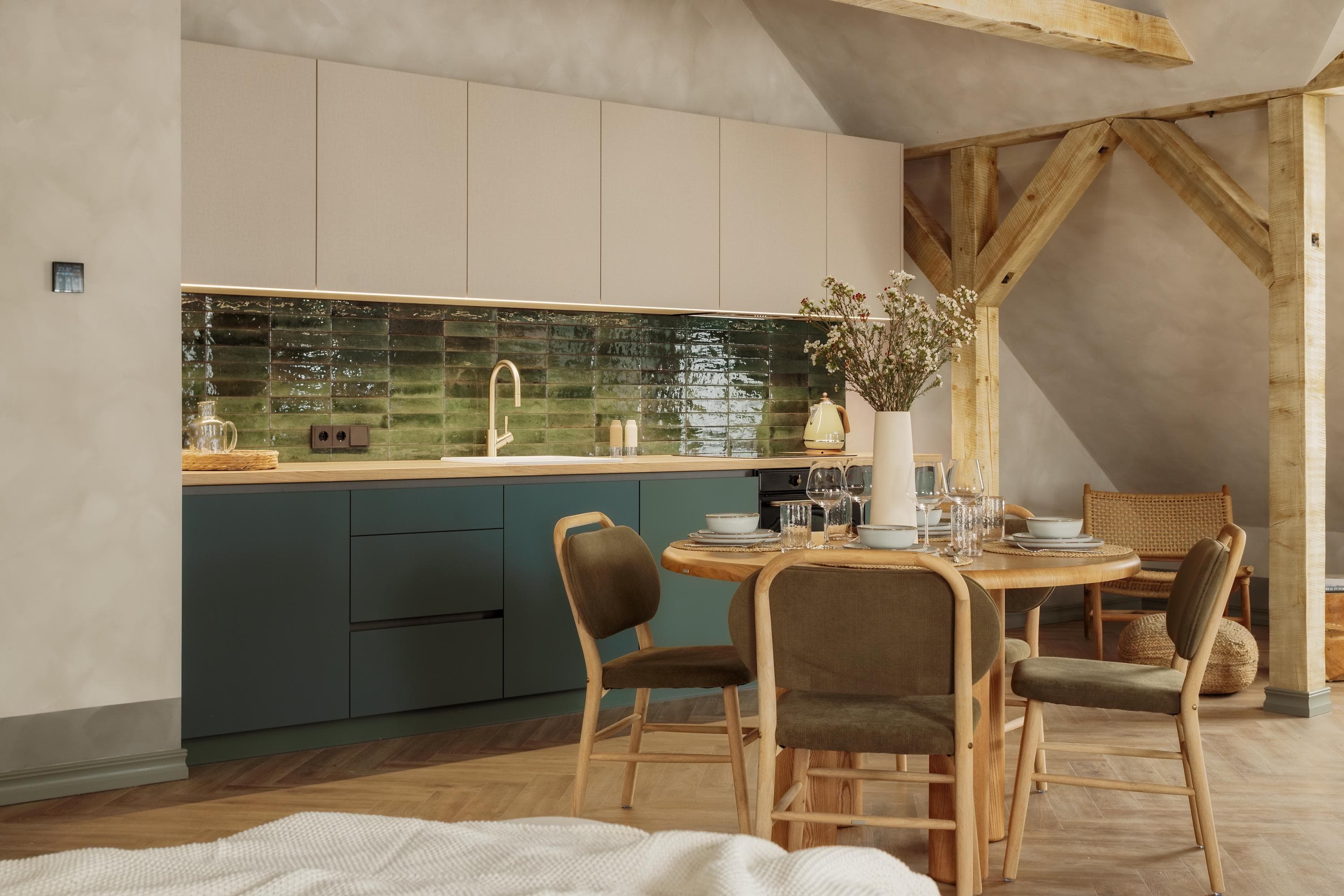The advertising campaign for the Cēsis chanting, conceived by the technology company “Draugiem Group” five years ago, has turned into real work in the restoration of ancient buildings. Last year, the “Spīdalas nams” and the “Žagaru māja” were renovated. With three renovated buildings and one new building in the old town, the opening celebration of the “Konrāda kvartāls” is planned for August of this year.
The idea for the advertising campaign was created by Agris Tamanis, the founder and co-owner of the “
Draugiem Group” from Cēsis. They spent half a year fighting with an advertising agency, looking for a solution to show that living in Cēsis is cool, but without any good results. It became clear that it is better to prove “coolness” with actions, rather than just talking about it, says the company’s spokesperson Jānis Palkavnieks. “We installed one of the first five free drinking water taps in the city, donated the “ #Cēsis-Pievelk ” square (the renovated square on the corner of Uzvaras Boulevard and Dzintara Street is unusual with seven trees planted at an angle. -IP), and then one of the architects we work with suggested buying “Konrāda nams”, which has been empty for almost 40 years.”

The sad fate of the house is also confirmed by Andis Malahovskis, who, having been a resident of Cēsis for 33 years, does not remember any activity in the “Konrāda nams”. He himself is an example of how Cēsis attracts, because after a six-year absence in the United States, where he combined his studies in political science at the University of Wisconsin Parkside with a basketball career, he returned to his hometown and became the head of the company “Mājas Cēsis” founded by the “Draugiem Group”.
The encounter with the former apartment building turned out to be fateful, as the plan to renovate it turned into the revival of an entire block, giving the place modern features. The company's main goal is to ensure that the city becomes richer not only with accommodation for guests, but also with apartments for city residents, as there is a great lack of new housing here.
Surprises – even for archaeologists
The “Konrāda nams” has not gone as smoothly as hoped. The design has dragged on for two to three years, because it was necessary to take into account that the building is located in a special place - in the historical center of the city next to the Church of St. John and the walls of the medieval Cēsis Castle. Construction work began last spring and not without surprises, because in such places - the deeper you dig, the more you find. The project had to be redone due to archaeological finds.
Excavations in the 800 square meter courtyard of the “Konrāda kvartāls” are also ongoing, alongside construction work. So far, two areas three meters below street level have been uncovered, as well as the ancient castle defensive wall eight meters long. The work is being carried out by SIA “Arheoloģiskā izpēte”. Next to the wall, which has not been uncovered so extensively so far, its oldest “brother” has been discovered - a 14th century medieval castle defensive wall, which was at least 1.90 meters high and a meter wide. One human burial, a wooden building, a brick oven and several household and work items, including some rarities, have been found in the areas.

The burial was discovered under a basement built around the second half of the 19th century. Details of two wooden buildings have been sent for research to the dendrochronology laboratory of the Institute of Latvian History of the University of Latvia. Analyses show that both pine wooden buildings were built between 1320 and 1340. A rarer find is a 13th-century oven. Archaeologists say that a weathered metal jug with a lid, which could date back to around the 16th century, is a surprise. Also found are a part of a mold made of stone from the 15th-16th centuries for casting metal objects, combs and writing instruments from the 14th century, and a Riga shilling minted in 1536.
Some of the finds will go to the Cēsis Museum, while others will be on display in a specially built, glazed building with a terrace in the courtyard of the “Konrāda kvartāls”, which will be open to any visitor. “Initially, only a concrete area was planned there, but now the solution has been changed – we will integrate all the ancient finds that will be useful into the landscaping,” explains Andis Malahovskis.
The people of Cēsis want a normal restaurant
In order to find out the thoughts of the townspeople about the plan for the “Konrāda kvartāls” and also the development of Rose Square, they have organized a public discussion. As it turns out, they are the first in Cēsis to organize one for a private object. “We wanted to show the residents that we are not just another owner who undertakes to do something in the Konrādas house but does not finish it, and we also wanted to listen to their proposals,” J. Palkavnieks explains the purpose of the meeting. A suggestion has been made about a restaurant that would be available to the townspeople, not just to guests. “So that it would not be another expensive restaurant again.” This has already been taken into account – the owners have planned a café on the first floor of the “Konrāda nams”. Initially, it was planned to be smaller, but during the reconstruction, an ancient arch was discovered, which changed the plan. “We realized that it had to be included, so the café will be bigger,” explains A. Malahovskis and adds that these are not the only changes to the design project, as the building itself has repeatedly suggested other solutions. The creation of interior design and furnishing will begin very soon. The company manager is already happy with the view that will open from the large windows. You will be able to see St. John's Church and Rose Square.

There will also be a self-service food delicatessen, which is now located in the “
Spīdalas nams”. The second floor of the building will be reserved for long-term rental apartments – similar to the one at the beginning of the 20th century, when it was acquired by Matilde Konrāde, whose surname is preserved in the name of the house. For a long time, it has been able to boast of creative and economic activity – the first cinema “Teatrs Pate Elektrokino” opened here, several workshops worked – both tailor Čiekurs and Baložs ski-making, a shoemaker and a carpenter offered their services.
The activity at the construction site and the powerful success of “Mājas Cēsīs” in other properties suggest that the “Konrāda nams” has finally welcomed its real owner.
With the blessing of Pēteris Blūms
The initially planned renovation of “Konrāda nams” has turned into the revival of an entire block with three renovated buildings and one new building. The Priest's house will also experience a revival alongside the rental apartment building. As the owner promises, the renovation and construction works will be carried out with deep respect for the environment and cultural and historical heritage, preserving the unique characteristics of the block – the skewness, curvature and irregularities of the old town. There is no doubt that this will happen, if the renovation project of the Priest's house is undertaken by a man with high professional standards - an expert in historical wooden architecture Pēteris Blūms and the design office “Konvents” led by him.

The building has a rich history – it was built as a residential house for the church priest, later served as a school – and now it is planned to turn it into a hotel with nine apartments. It is not recognized as an architectural monument, but P. Blūms began work with the condition that the renovation work should not be carried out with less care and investment. The requirement to preserve all the ancient values as much as possible and to use natural materials from the new ones is evidence of P. Blūms handwriting. The builders must have been surprised, because the architect determined that in order for the material to acquire the desired shade, it would have to be rubbed with moss. A. Malahovskis admits with satisfaction that he can work well with P. Blūms. “This is not a case where the new meets the old and conflicts. We have not had a single argument.”
Collaboration with P. Blūms is also underway on the “Laimdotas nams” project in the nearby “Pumpura kvartāls”. The old wooden house, which has been used as apartments until now and is 80% worn out, is planned to be demolished. The usable building materials will be preserved, and the facade is planned to be restored to its original appearance.
The second floor will be used for guest accommodation. Significant changes await the first floor, which, in response to the call of the new director of the National Library of Latvia, Dagnija Baltiņa, will house a public reading room. “We found her words encouraging that private entrepreneurs should also get involved in developing reading skills, so we will have a private reading room,” explains J. Palkavnieks.
Just like in the “Konrāda kvartāls”, the courtyards of the houses in the “Pumpura kvartāls” will be open to anyone who comes.

“Draugu nams” – a new building in the old town. In the “Konrāda kvartāls” between the rental apartment building and the Priest's house, new features will also appear, which the owner has named “Draugu nams”. There was no shortage of discussion about the plan to build a modern building in the heart of the old town – opponents claimed that it should be built after the model of an older house. “It wasn’t easy, but we won the idea for the new building, respecting and imitating the contour lines of the neighboring houses. Every time leaves its mark, and we are a technology company,” J. Palkavnieks explains the company’s position.
In the place where it is to be built, archaeological excavations found the foundations of a 14th-century house. Architect P. Blūms, participating in the ceremony of laying a time capsule in the foundations of the “Draugu nams”, called this solution the real Cēsis space-time. The house will serve as an office building for the company “Mājas Cēsis” with one apartment on the third floor.
Opposite the modern building, the oldest building in the quarter will act as a counterweight, which is currently in a disassembled state with numbered timbers. “It is the former carriage house, where we will install one small apartment called “Ratu māja”. A lot of prosthetic work is expected, which will increase the cost of the process, so we estimate that it will be the most expensive house,” says the company manager. The National Cultural Heritage Board has set a rule that the carriage house must be restored.
“Spīdalas nams” and “Žagaru
māja” – open to guests
While the design of the “Konrāda nams” dragged on, “Mājas Cēsis” did not sit idly by. They purchased a house on Lielās Katrīnas Street, renovated it in seven months and furnished it into a designer guesthouse with six apartments, and named it “
Spīdalas nams”.

“There were no options, because there was a building next door where Andrejs Pumpurs wrote the epic poem “Lāčplēsis”,” says the company’s spokesperson. It is understood that the historic building itself, which has not yet been renovated and which currently houses the company’s office, will bear the name of “Lāčplēša nams”, while the block with three buildings of the epic heroes, including the aforementioned “Laimdotas nams”, has already been given the name of Pumpurs. What better memorial to our heroic poem!
His share of respect was also given to the director of the Daile Theatre, actor and businessman Juris Žagars, whose family house in the ancient valley of the Gauja River has been renovated and named “
Žagaru māja”. He and his wife had seen the property as an ideal place to live in nature with proximity to the city, but they decided in favor of their ancestral home in the countryside. Seeing the work of “Mājas Cēsis”, J. Žagars admits that he wants to live in this building again.

The company has bigger business plans with this property, as it has also purchased a five-hectare plot of land. Along with the guest house, it is planned to build long-term rental accommodation. At the end of the conversation, the company representatives emphasize that the goal of “Mājas Cēsīs” is to create a place here where people not only come to visit, but also want to live. “Our cornerstones are the house, environment, school, culture, which gives the city a soul, so in addition to the renovation and construction of real estate, we cooperate with the Vidzeme Technology and Design Technical School, training young programmers, and we have also become
friends of the concert hall “Cēsis” with the opportunity to provide artists with accommodation.” The Cēsis residents, who work for “Draugiem Group”, have another motivation: “So far, we have only taken from Cēsis, now it is time to give.”
The designer guesthouse that opened on Lielās Katrīnas Street last year has been given the name of Spīdala. How else could it be called, when the building where Andrejs Pumpurs created the epic “Lāčplēsis” is located next to it? Not without heated discussions, a new building with the name of “Draugu nams” will also be added to the “Konrāda kvartāls”.
The article uses information from publications by Andris Vanadziņš and Sarmīte Feldmane in the newspaper “Druva”.









